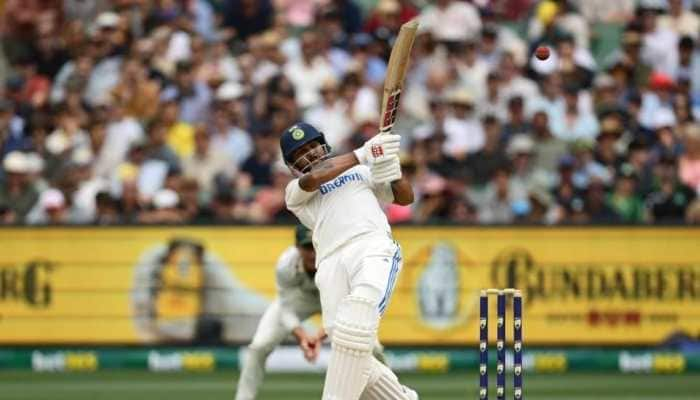Aviation Ministry Takes Measures to Avoid Bird Strike at Airports: All You Need to Know
Aviation Minister, Jyotiraditya Scindia, informed that necessary technology and other measures have been put in place to avoid bird strike incidents at airports.
Trending Photos
) Image for representation
Image for representation On Thursday, Jyotiraditya Scindia, the minister of civil aviation, said that all necessary steps had been taken to address the problem of bird strikes near airports and emphasised the need to maintain clean spaces. There have been instances where birds have struck aircraft during takeoff or landing as well as in mid-air.
"As far as bird hits are concerned, we have put in place all measures at airports, which includes the bird dispeller, sound guns and other methodologies that will keep birds away from airport areas," the minister said.
While briefing reporters here about the initiatives taken by the government over the last nearly nine years for wildlife conservation, Scindia also mentioned the Swachh Bharat initiative in the context of bird hits.
Also read: Vistara to Start Mumbai-Mauritius Flight Services From 26 March; Check Details Here
"...Why do birds come to certain places, especially airports. It is not because they make their homes there but more because the fact that they are attracted to some objects in that area. Therefore, to keep areas clean and make sure that birds do not cluster around areas of transportation through which there may be a threat to airlines, it is very important for us," he said.
Aviation regulator DGCA has put in place regulations and guidelines for the management of potential wildlife hazards at licensed airports to ensure the safety of air operations. Rule 91 of The Aircraft Rule 1937 prohibits the dumping of garbage and slaughter of animals that may attract wildlife within 10 kilometres of Aerodrome Reference Point.
Also, aerodrome operators are required to implement an effective wildlife control mechanism for the respective aerodrome to control wildlife strikes. They are also required to identify, manage and mitigate the risk of aircraft operations posed by wildlife by adopting measures likely to minimise the risk of collision between wildlife and aircraft.
With PTI Inputs
Stay informed on all the latest news, real-time breaking news updates, and follow all the important headlines in india news and world News on Zee News.
Live Tv







)
)
)
)
)
)
)
)
)
)
